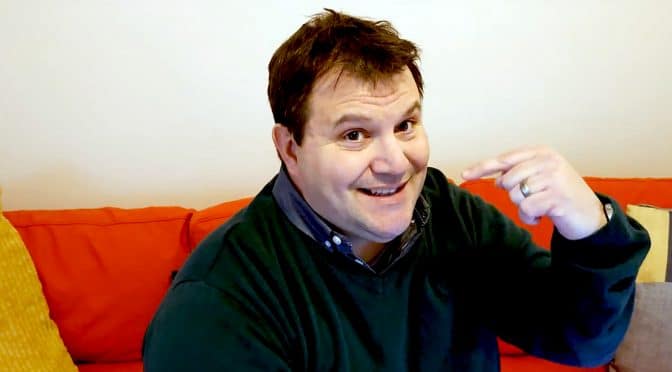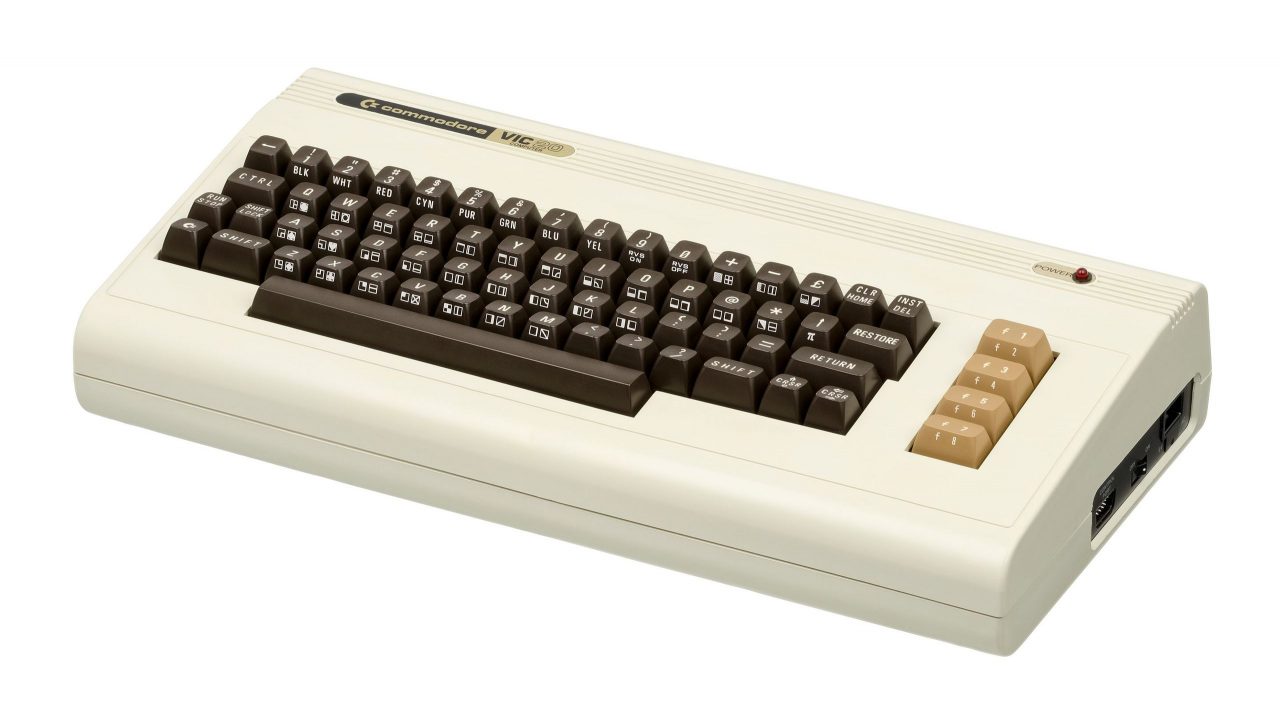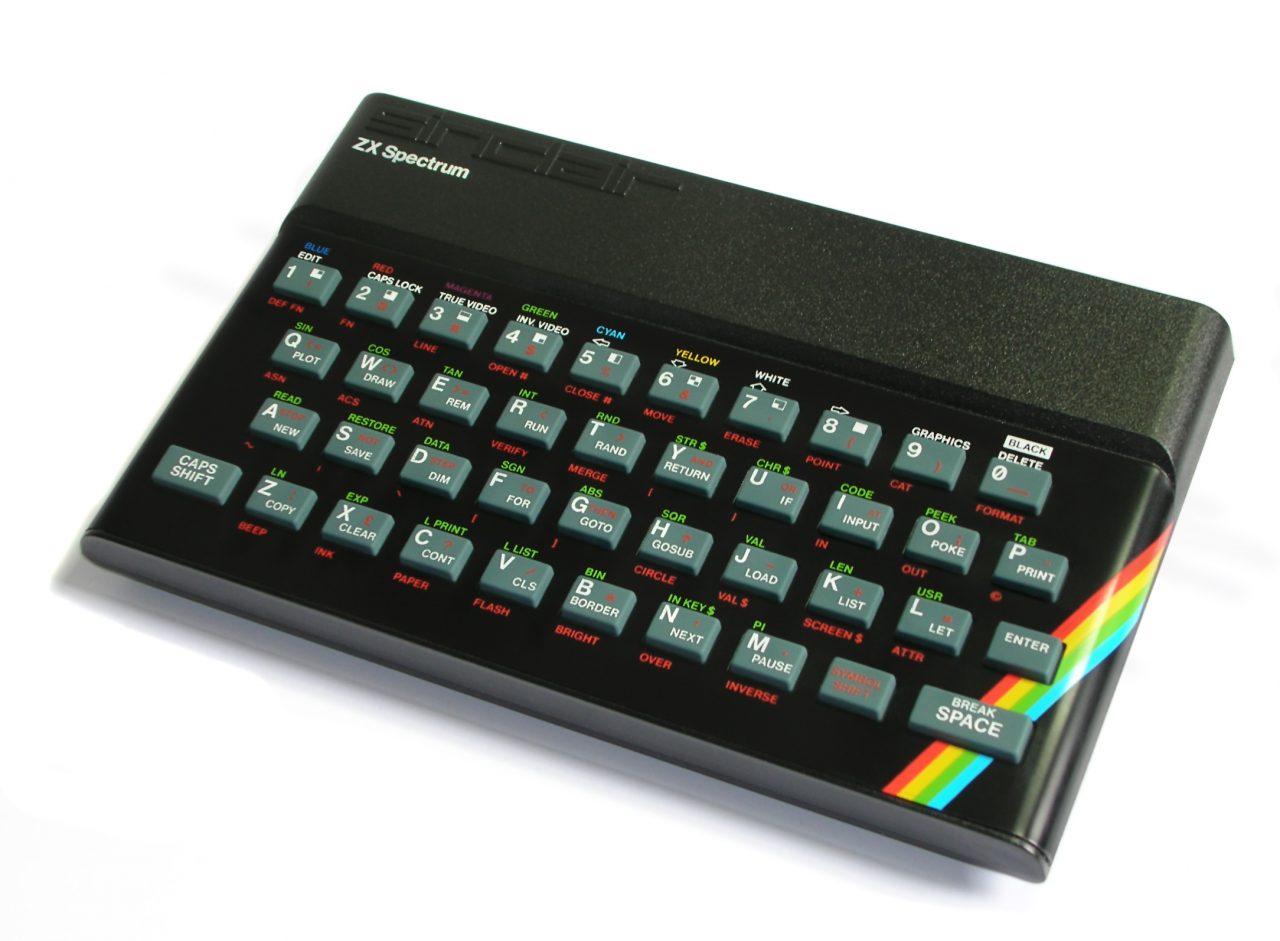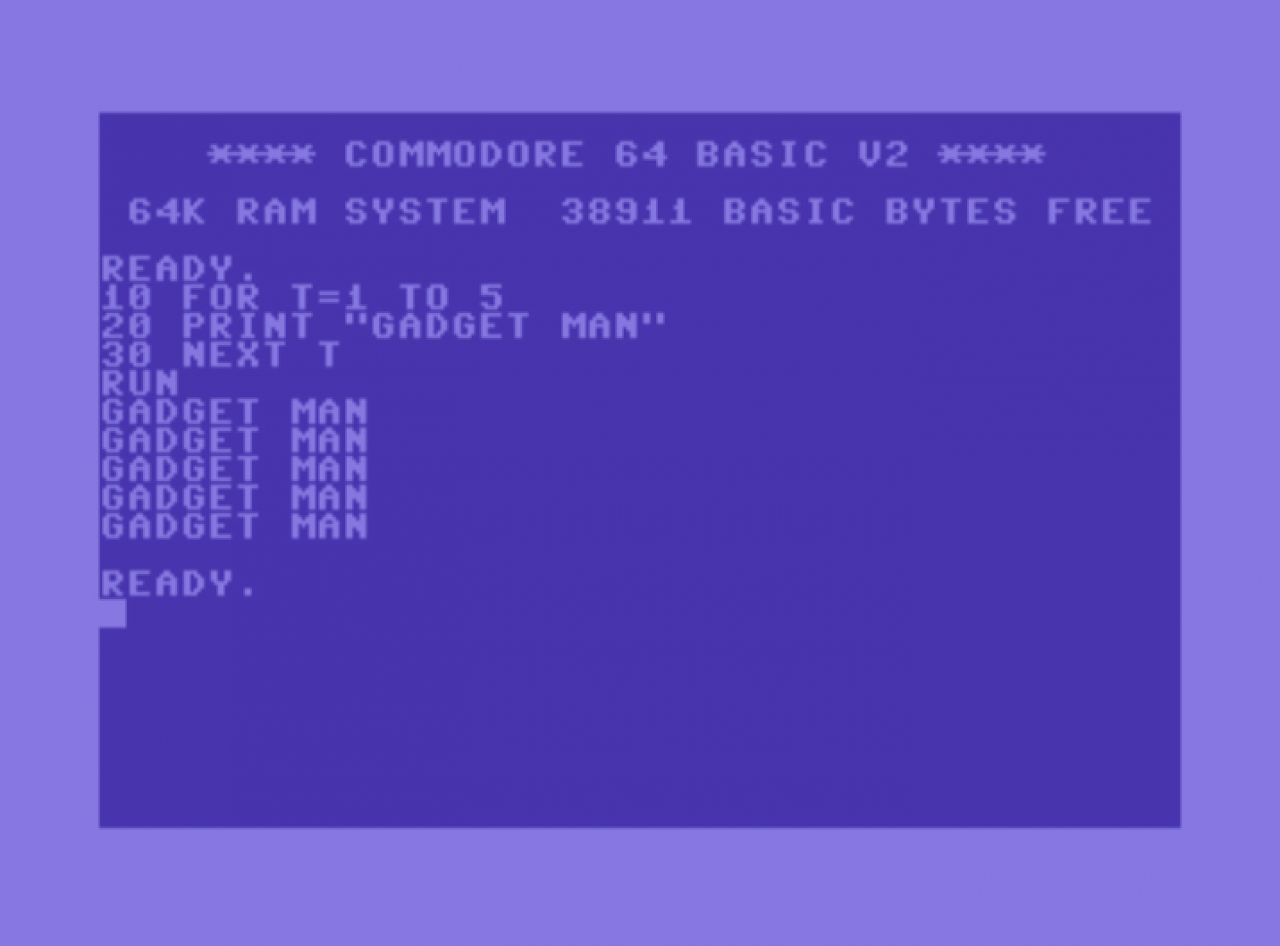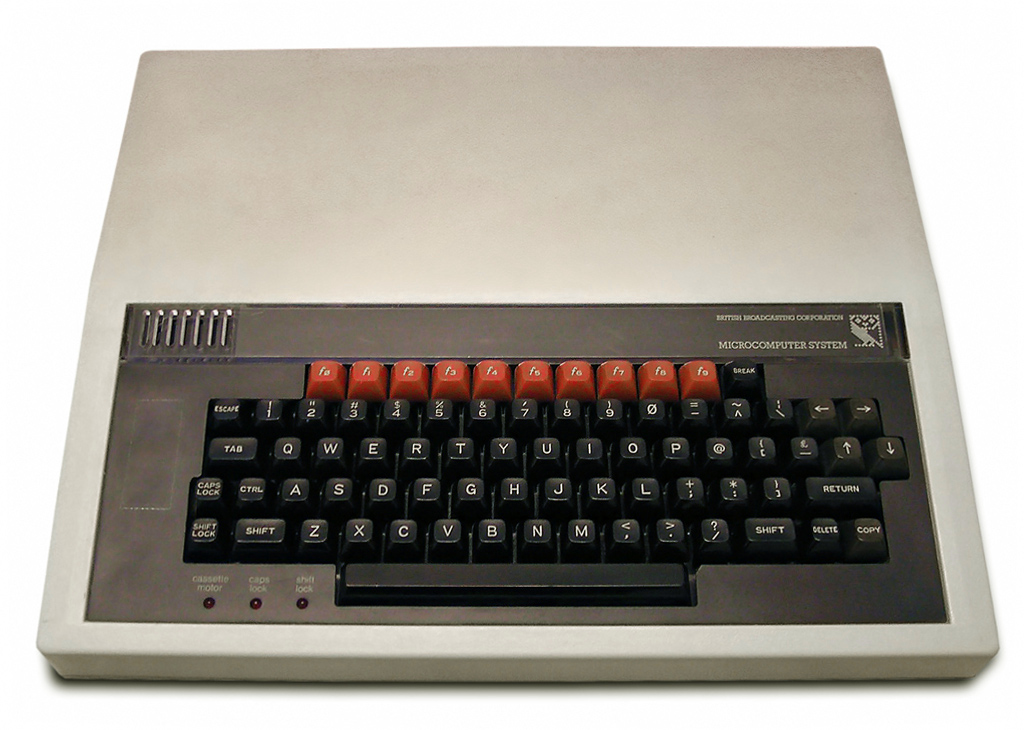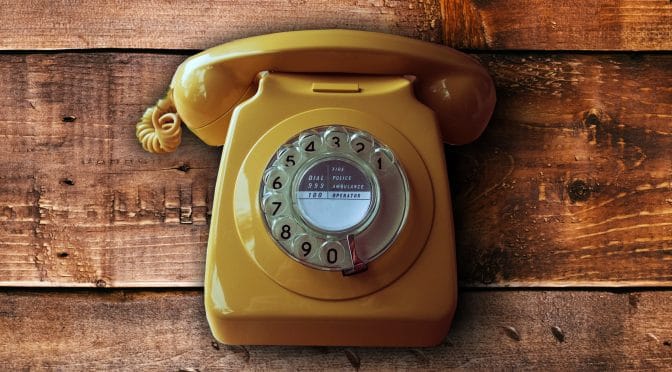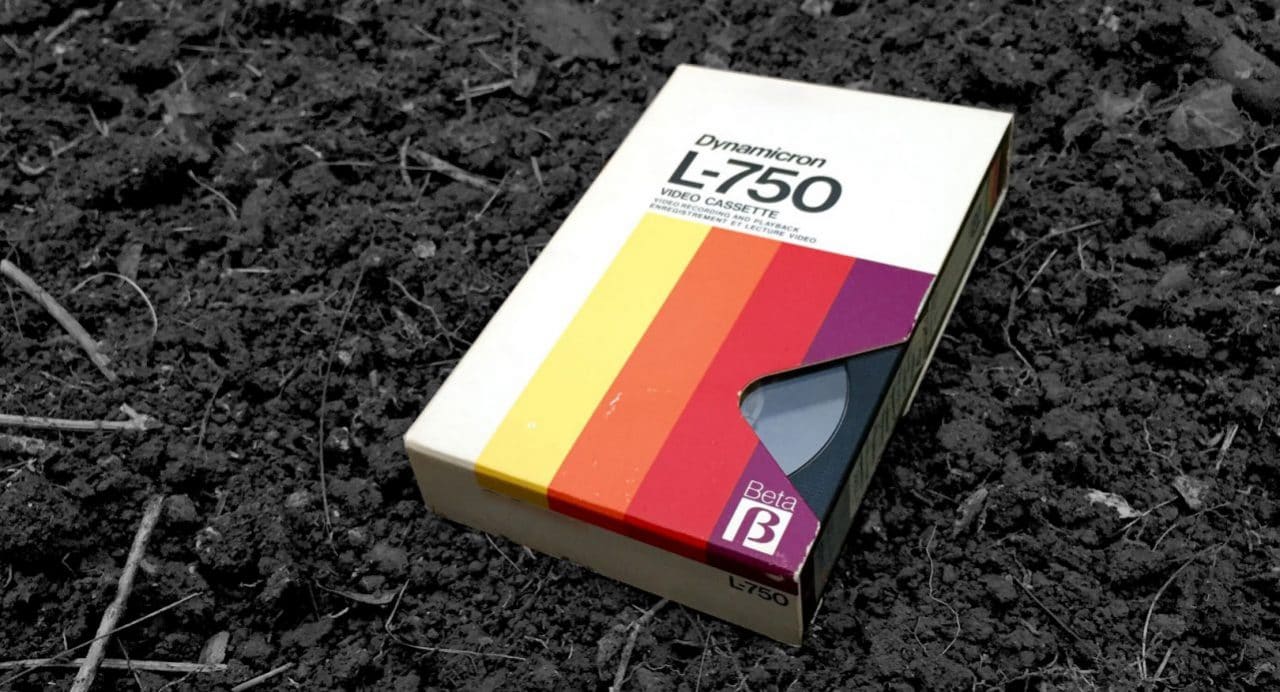Podcast: Play in new window | Download
Subscribe: Apple Podcasts | Email | TuneIn | RSS | More
This morning was the first of my Mix Tape tracks played by James Hazell on BBC Radio Suffolk. I’ve attached the YouTube playlist below which will play the interview followed by the track.
The transcript of the interview follows below.
Gadget Man Mix Tape – Part 1
James Hazell: The mixed tape all this week features the gadget man himself, Matt Porter of Matt Porter web design, our regular guide. You man. Now choosing tunes for us. Matt, great to see you
Matt Porter: Great to see you as well.
James Hazell: How are you?
Matt Porter: I’m alright, I’m good, very good. Thank you.
James Hazell: Now you’re a man. Of course. We know now is very much involved in the latest technology and all of that. You regularly report for us on the latest by way of gadgetry and all that. Have you always been that “guy”?
Matt Porter: for technology, I suppose I have. Actually, when I was at school, I had a Commodore VIC-20. That was interesting because the budget for that present was the Commodore VIC-20 on its own without the tape drive.
So, I would spend a lot of time programming and writing programs to do things. Either leaving the VIC-20 switched on because if you switched it off, it’s gone forever. So, it was a good way of learning to program because you kind of had to memorize a lot of what you did or write it down.
So, when you wanted to do it again, you had to re-type it all in. It was a painful thing. But, we’re not talking about writing a copy of Microsoft Word, there was a very limited amount of memory in a VIC-20, so the programs were never that long, but it was still a good start.
James Hazell: So, what was it, 10 PRINT “HELLO”, 20 GOTO 10?
Matt Porter: With Commodores, it was POKE 36879,22 or something like that!
James Hazell: Yeah. We’ll talk more about this as the week goes by, but we want to find out more about the man himself. So, Matt Porter, who are you? Are you a local? I get the sense you’re not Suffolk born, are you?
Matt Porter: I was born in Hitchin in Hertfordshire. I lived in that area for around 33 years and then I met a young lady on an online dating site called Udate, which is long gone. I met her on Udate and we got to know each other and fell in love.
I then sold my house in Bedfordshire at the time and moved to Ipswich to be with her. We got married and we had two children and we’re still together.
James Hazell: It’s good to hear of an online success story because they can be frowned upon in use by some people,
Matt Porter: Certainly and as usual, I have to jump into something right at the beginning, it was good.
James Hazell: You were one of the first, I reckon, cause I had no doubt.
Matt Porter: Yeah, it was 2002 or 2003
James Hazell: That’s got to be early days. It’s got to be pioneering!
Matt Porter: So there you go, that’s what brought me here.
James Hazell: So your Missus must’ve been on it as well, so I suspect she’s a bit of a tech-head as well?
Matt Porter: She’s not actually, she’s not massively, almost certainly she’s not a tech head. She’s not as enthusiastic as I am, but we run Matt Porter Web Design together.
James Hazell: She won’t go out and buy a gadget just because it’s just been released by somebody.
Matt Porter: Absolutely not. No, she’s not interested. Her smartphone battery will last for days because she doesn’t use it that much.
James Hazell: When you moved to Suffolk, was there a concern with your technology minds that you’re moving to a place it’s not, shall we say, renowned for technology. It wasn’t at the forefront, I guess?
Matt Porter: I guess not. Yeah, it turns out I ended up having an office on, on the BT campus for a number of years, and it’s a super place, not many people know what a vibrant technology community is there.
But when I came here, actually, I handed my notice in for my full-time job in Hertfordshire and sold my house. I came here and started Matt Porter Web Design when I arrived, which was madness. I didn’t know anybody personally or in business.
James Hazell: So, you’ve come here this week to choose some songs for us. You’re going to start with Satellite by The Beloved.
Matt Porter: This track came out in 1996 and at that time I was house-sitting for somebody in Stevenage. During the time of the housesitting was Euro 96, which was England played absolutely amazingly! It was one of the most fantastic tournaments with classic players.
James Hazell: We were supposed to win that one!
Matt Porter: It was an amazing tournament. But I was house sitting there. So obviously I remember, watching the games and every time we scored, I think we played The Netherlands winning 4–1.
Every time we scored, I kept ringing my mate up and screaming down the phone. At that time, they also had satellite TV with MTV, and I was watching that and hadn’t really watched it before. This particular video for Satellite by The Beloved came on and it’s quite memorable. If you ever watch it on YouTube, it’s quite a memorable video, quite groundbreaking I guess, and the song’s fantastic as well. I actually have contact vaguely with Jon Marsh, who’s the singer with The Beloved by being a member of The Beloved Facebook Group. He regularly posts on there. It’s quite geeky, I guess.
(Cue Satellite by The Beloved)




